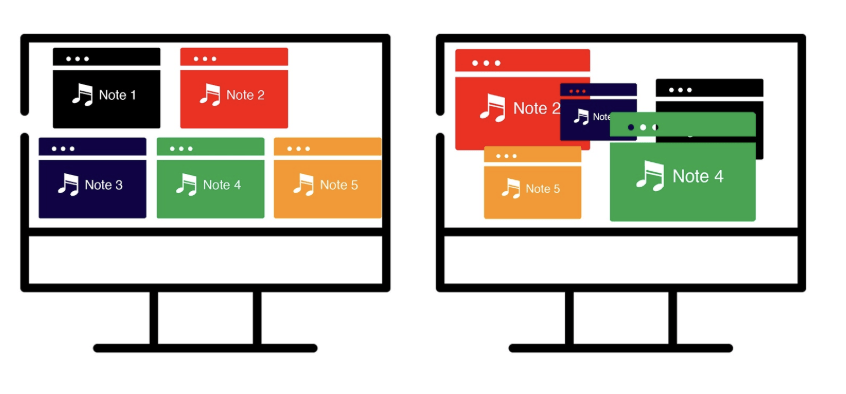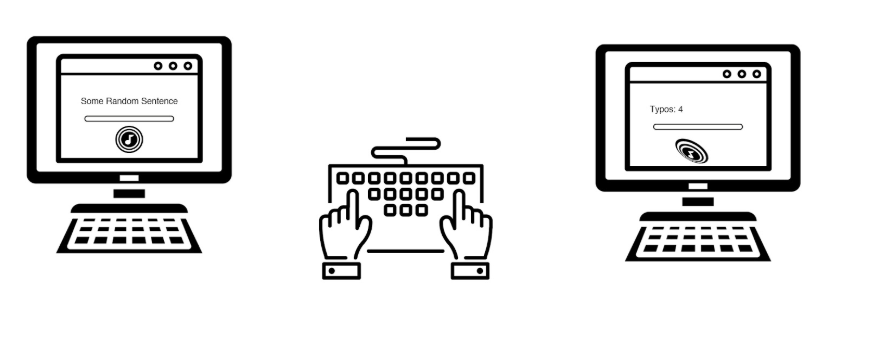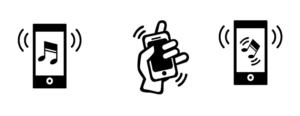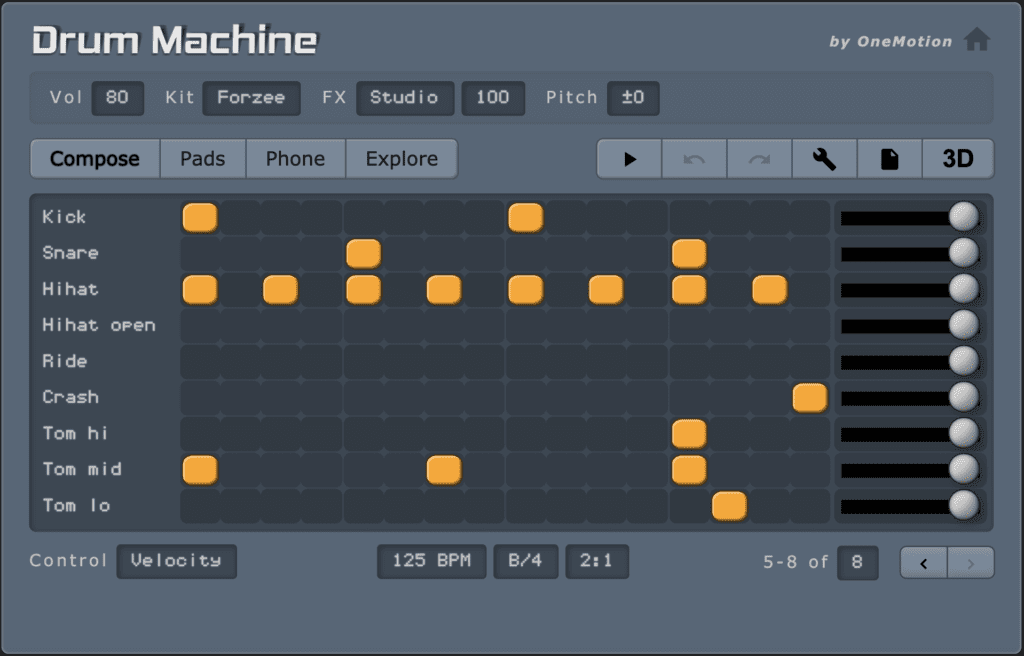For this week’s assignment, me and my partner Jianhao Ma came up with some ideas for an interactive rhythm concept that could work inside the browser. During class, we explored a variety of different ways to create rhythm, which ranged from a buttons on a circle to typing letters into a text box. We built upon these ideas to create a new experience based on a variety of interactions from the user. Below are descriptions and images to explain our idea:
1.) Browser Music Sequencer
When the user enters the website, they will be greeted with a tutorial on how to use the interface. They can add notes by clicking a button and a corresponding window will appear in the browser. To delete a note, they simply click the exit button on the window. Notes will be read from left to right, top to bottom just like sheet music. Based on the position, number of windows, and notes, a different rhythm will be played each time.

2.) Typo Music Generator
The typo music generator is relatively straightforward. The user can copy and paste text from an essay or type something into the text box. When an error is displayed, it will generate a note similar to an error sound. This rhythm can be looped to create music.

3.) Phone rhythm generator using accelerometer
Using the user’s phone accelerometer, we can create rhythm based on how fast or slow the phone is shaking. P5.js has multiple functions to track user movement in mobile browsers. The user can also select from multiple sound libraries to generate different types of music.


